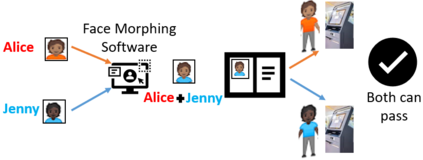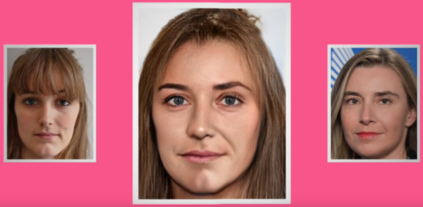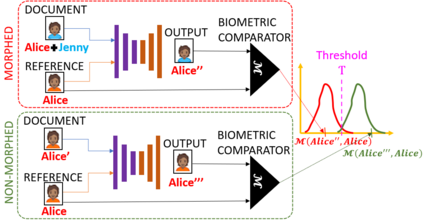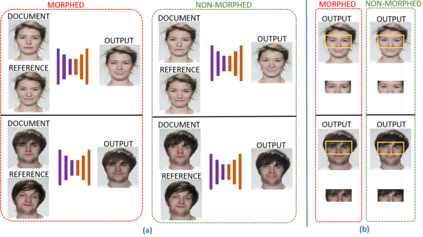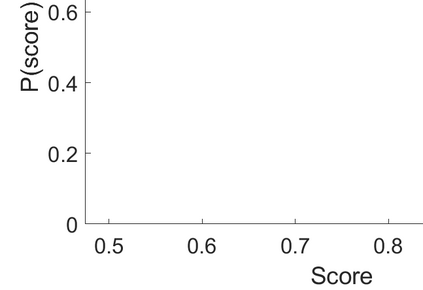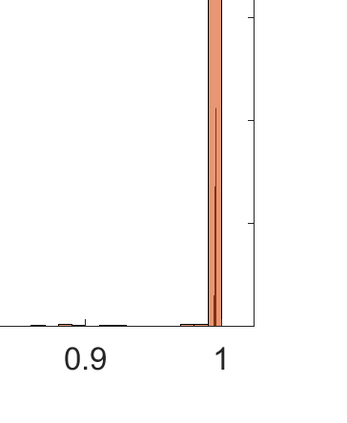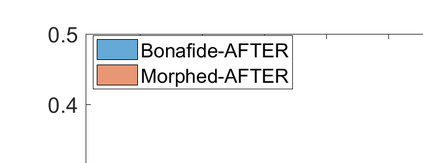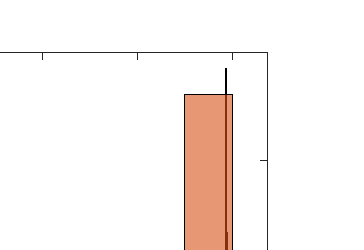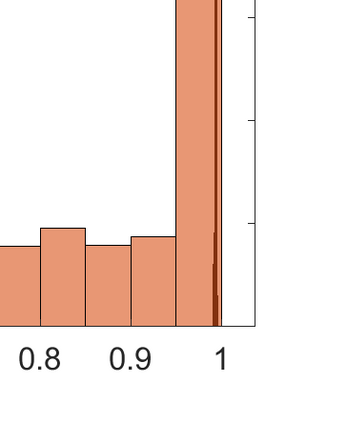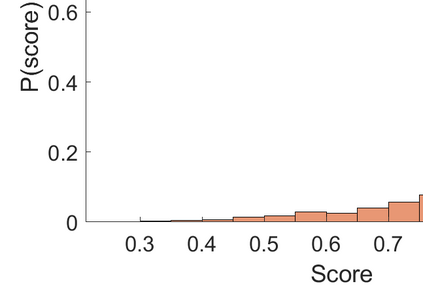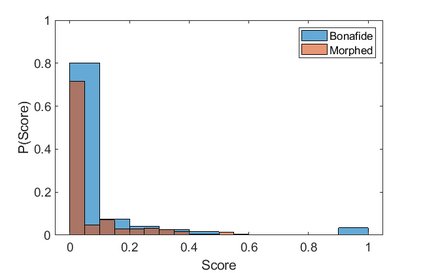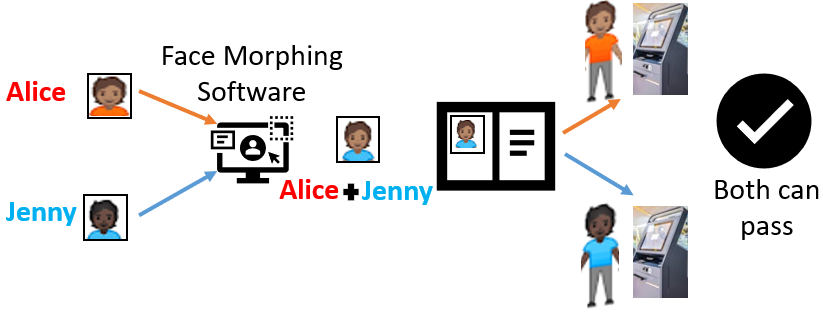We present the task of differential face morph attack detection using a conditional generative network (cGAN). To determine whether a face image in an identification document, such as a passport, is morphed or not, we propose an algorithm that learns to implicitly disentangle identities from the morphed image conditioned on the trusted reference image using the cGAN. Furthermore, the proposed method can also recover some underlying information about the second subject used in generating the morph. We performed experiments on AMSL face morph, MorGAN, and EMorGAN datasets to demonstrate the effectiveness of the proposed method. We also conducted cross-dataset and cross-attack detection experiments. We obtained promising results of 3% BPCER @ 10% APCER on intra-dataset evaluation, which is comparable to existing methods; and 4.6% BPCER @ 10% APCER on cross-dataset evaluation, which outperforms state-of-the-art methods by at least 13.9%.
翻译:我们用一个有条件的基因网络(cGAN)来介绍不同面形攻击检测任务。为了确定身份证(如护照)中的面像是否变形,我们提议一种算法,学会将身份与以信任的参考图像为条件的变形图像暗中分解,使用cGAN。此外,拟议方法还可以恢复关于产生变形第二个主题的一些基本信息。我们在AMSL脸形、MorGAN和EMorGAN数据集方面进行了实验,以证明拟议方法的有效性。我们还进行了交叉数据集和交叉攻击检测实验。我们在内部数据集评价方面取得了3%的BPCER@10%的APCER的可喜结果,这与现有方法相当;在交叉数据集评价方面,我们获得了4.6%的BPCER@10%的APCER的可喜结果,该结果至少13.9%比最新方法高出了13.9%。

